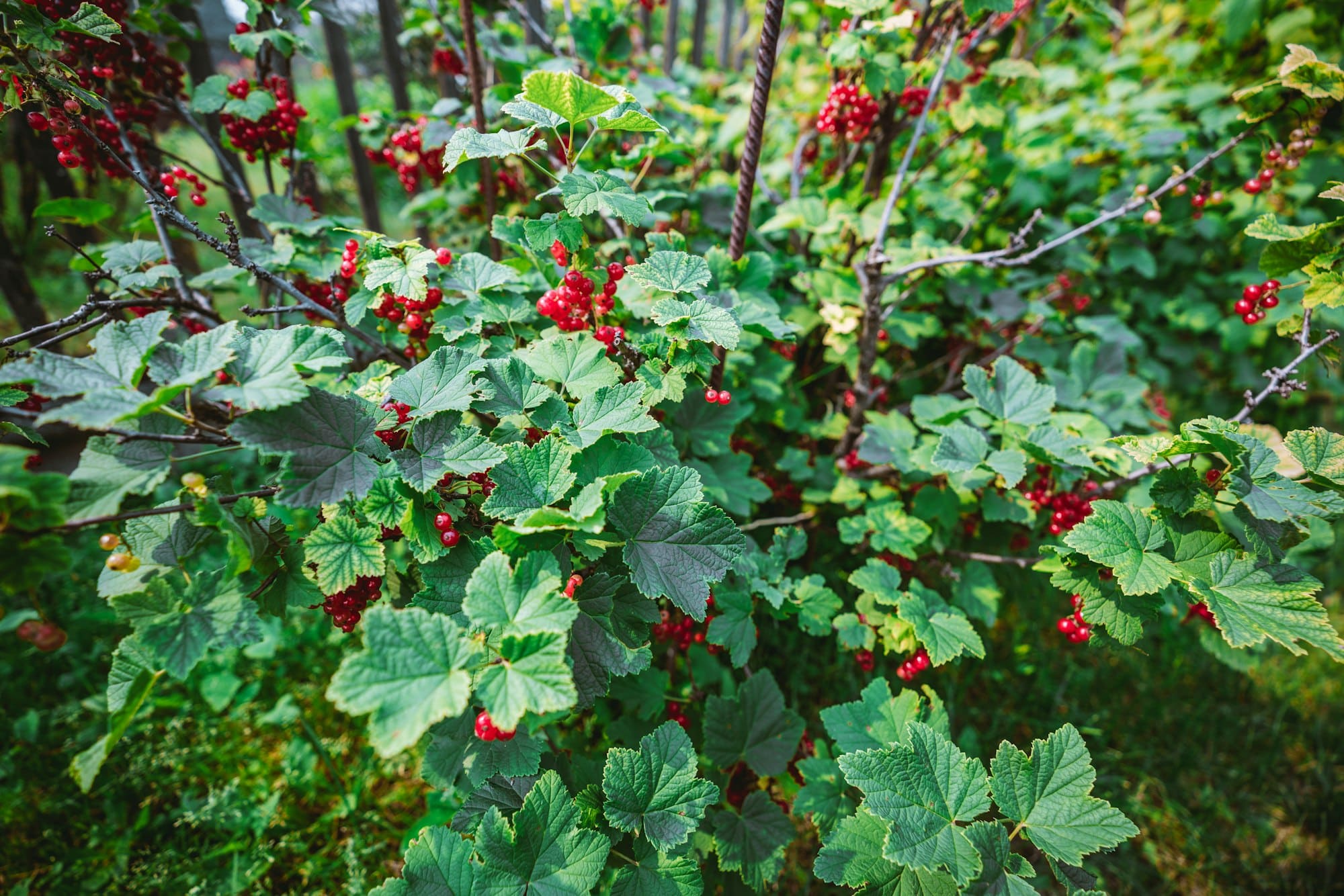What Are the Best Low-Water Native Shrubs for a Front Yard Landscape?

We all love a beauty-filled, lush green landscape gracing our front yards, don’t we? But with current water restrictions and increasing drought conditions, maintaining such a landscape can be quite challenging. Today, we’re going to focus on some of the best native shrubs that are drought-tolerant and perfect for your front yard landscape. These plant species require little water, can withstand full sun, and bring an array of colors with their attractive flowers, making them perfect for creating a low maintenance yet visually appealing garden.
1. Understanding Your Soil and Sun Conditions
Before you decide on the shrubs for your front yard, you need to have a clear understanding of the soil and sun conditions of your garden. Different plants have different soil and sun requirements, and knowing your garden’s specifics will guide you in choosing the right type of shrubs.
Lire également : How Can You Design an Elegant and Functional Home Bar in a Dining Room Corner?
Soil condition plays a significant role in a plant’s health. It affects how well the plant’s roots can take up water and nutrients. Soils range from sandy to clayey, with loamy soil often considered the most ideal for most plants. However, many native shrubs are adaptable and can survive in various soil types, provided they have good drainage.
Sun condition is another crucial factor. Some shrubs prefer full sun, meaning they need at least six hours of direct sunlight daily, while others might thrive in partial shade. Observe your garden throughout the day to determine the areas of full sun, partial sun, and shade. Remember, a sunny spot can support a wider range of drought-tolerant shrubs.
Dans le meme genre : How to Design a Safe and Enjoyable Indoor Play Area for Toddlers?
2. Selecting Native Shrubs
Why choose native shrubs for your landscape? Well, native shrubs are a smart choice because they have adapted to the local climate and soil conditions over many years. This makes them typically more drought-tolerant and less demanding in terms of care and maintenance when compared to non-native species.
There’s a wide range of native shrubs that are well-suited for a front yard landscape. Let’s explore some of the best options that add color and beauty while being low on water requirements.
Manzanita (Arctostaphylos spp.) is a popular choice known for its stunning red bark, evergreen foliage, and pink or white flowers that bloom in winter or spring. It grows up to six feet tall and wide, and it thrives in full sun and well-drained soil.
Sage (Salvia spp.) is another excellent native shrub for your landscape. With its vibrant flowers that can range from blue and purple to red and orange, it’s a real feast for the eyes. The plant thrives in full sun and well-drained soil and can grow up to 5 feet tall.
3. Watering and Maintenance of Your Shrub Landscape
Proper watering and maintenance are crucial for the survival and growth of your chosen shrubs. However, bear in mind that these native, drought-resistant plants require considerably less water and care than your average garden plants.
Most of these shrubs are adapted to survive with minimal water. However, during the first year after planting, regular watering is beneficial. Once established, they can survive on rainfall alone in most regions. A deep but infrequent watering regime is ideal for these plants as it encourages the roots to grow deeper into the soil, making the shrubs more resilient in dry conditions.
Maintenance of these shrubs is relatively straightforward. They require little to no fertilizing, and pruning is generally minimal. It’s mostly about letting them grow naturally, although occasional pruning can help maintain a desired shape and size.
4. Benefits of a Low-Water Native Shrub Landscape
Apart from being visually appealing and low on maintenance, a landscape with low-water native shrubs offers several other benefits.
Firstly, these shrubs are sustainable. They require less water, contribute to local biodiversity, and are less dependent on fertilizers or pesticides. This is beneficial for the environment and can also save you time and money.
Secondly, these plants are hardy. They are better adapted to withstand local pests, diseases, and climate extremes like drought or frost.
Lastly, native landscapes can attract a variety of birds, butterflies, and other beneficial wildlife, enhancing your garden’s life and color.
5. Enhancing Your Landscape with Diversity
While we’ve focused on shrubs, don’t forget to consider other types of plants to enhance the diversity and appeal of your landscape. Companion plants like native wildflowers or grasses can complement your shrubs and provide a varied texture and color palette for your garden.
Consider seasonal changes as well. Some shrubs and flowers may have different colors in different seasons. By planning your planting, you can ensure your garden remains vibrant and beautiful throughout the year.
Choosing low-water native shrubs for your front yard landscape not only saves water but also creates a garden that’s beautiful, sustainable, and resilient. With the right selection and care, you can create a landscape that’s easy to maintain yet a delight to behold.
6. Top Low-Water Native Shrubs for a Front Yard Landscape
To help you make the best choice for your landscape, here are some top low-water native shrubs that thrive in full sun and well-drained soil.
Texas Ranger (Leucophyllum frutescens) is a brilliant choice. This drought-resistant shrub, also known as the Texas Sage, can grow up to 8 feet tall and wide. Its silvery-glittery leaves and purple flowers bloom after heavy rains, creating a striking sight.
California Lilac (Ceanothus spp.) is another hardy and vibrant choice. This shrub explodes into a mass of blue or white flowers in early spring, attracting butterflies and bees. It is an evergreen shrub, meaning it provides color all year round.
Butterfly Bush (Buddleja davidii) is a fast-growing shrub that can reach a height of up to 10 feet. It’s known for its cone-shaped clusters of purple, blue, pink, or white flowers that bloom from summer to early fall, attracting butterflies.
Yellow Bird of Paradise (Caesalpinia gilliesii) is another drought-tolerant plant with exotic appeal. It has fern-like leaves and showy yellow flowers with long red stamens, blooming from late spring to early fall. It requires full sun and can reach a height of up to 10 feet.
7. Conclusion
Incorporating native shrubs into your front yard landscape design is a smart and forward-thinking approach. They are low maintenance, water-wise, and resilient to the local climate and pests. More than just surviving, these plants thrive, bringing a burst of colors, attracting wildlife, and contributing to local biodiversity.
Remember to consider your soil and sun conditions before you choose your shrubs, to ensure they will do well in your garden. Balance your shrubs with other native plants for diversity, and plan for seasonal changes to keep your garden vibrant throughout the year.
By choosing these drought-tolerant plants, you are not only creating a beautiful and sustainable front yard but also doing your bit for the environment. Go ahead and transform your front yard with these stunning, resilient native shrubs. Your garden will be the envy of the neighborhood, and Mother Earth will thank you too.
